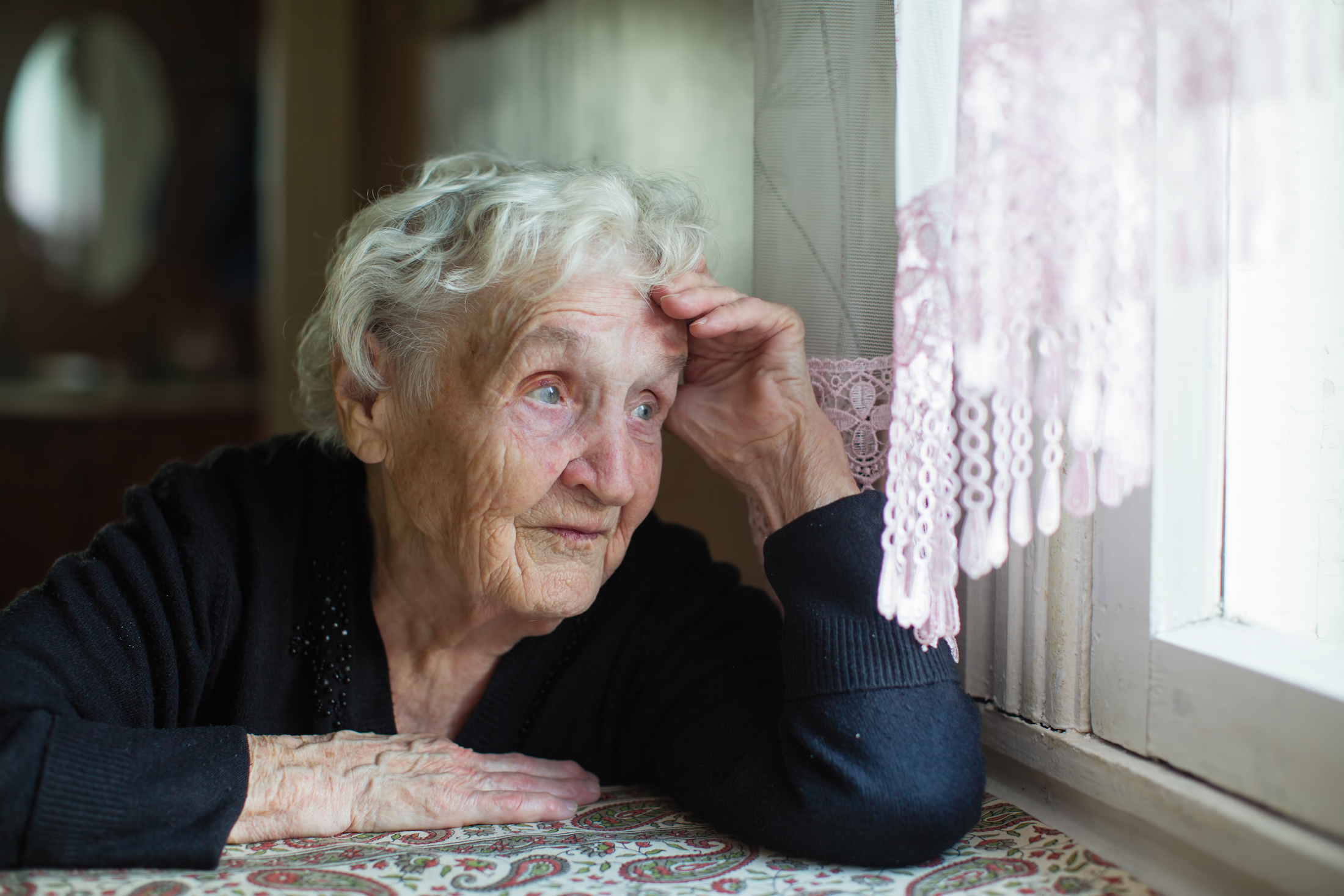EnergyCare is now in a stronger financial position and is helping more and more vulnerable people in St. Louis thanks to supporters …

While there are several nonprofits that offer utility assistance in St. Louis, the demand exceeds the supply year round. The various funding streams fluctuate considerably. The fragmented approach often leaves clients (particularly the low-income seniors EnergyCare serves) frustrated as they get referred from agency to agency looking for help. Half of EnergyCare’s clients know us from informal networks that find us through word-of-mouth. Most of the others come through The United Way via 211.
The majority of EnergyCare’s clients are women (65%), and among them most are African American (60%) living in poverty. They represent some of the most vulnerable people in our communities.
“Though majority of EnergyCare’s clients live in north St. Louis and parts of south St. Louis, the demand for EnergyCare services has been increasing in the county too.” Over the years, EnergyCare’s staff and board have developed long-term relationships with people in the communities and with organizations that serve low-income people.
Also, EnergyCare carries out home visits to clients who receive a utility assistance payment, so our service providers are able to actively assess other needs of the client. This allows EnergyCare to identify other factors that put the client at risk of being unable to maintain a safe indoor temperature at a reasonable cost. In practice, this means that most clients receiving utility assistance pledges also receive services such as home weatherization, which helps them reduce their bills and the likelihood of the problem recurring. With supporters like you, EnergyCare is enabled to help improve energy efficiency and also address broader issues including: aging in place, vacancy prevention, energy poverty, and better energy conservation. As the population of the city and county ages, the demand for EnergyCare services continues to increase. Many of these clients struggle with chronic diseases, and the people who live in the neighborhoods EnergyCare serves experience the health disparities that exist in the City of St. Louis, which are well documented on the Health Equity Works website.
By addressing the energy-related needs of vulnerable low-income seniors, EnergyCare can help maintain more sustainable communities by keeping people in their homes utilizing low-cost practical and proven strategies.
According to the Urban Energy Justice Lab at the University of Michigan, “some 14 million households face utility payments in area and 2.2 million households experience utility shutoffs every year. “Energy poverty” is the term used to describe the inability of households to afford reliable energy for adequate heating, cooling, and basic activities such as cooking. Over the past four decades, the federal government has administered two programs to alleviate energy poverty. But these programs have not been able to substantially reduce “energy burden” (the proportion of household gross incomes spent on energy) disparities between low-income versus higher-income households. Low-income U.S. households continue to deal with an average energy burden twice the national average and more than three times greater than the average for higher-income households.”
This is particularly true in St. Louis where income disparities and energy poverty remain crucial issues.
EnergyCare is now in a stronger financial position and is helping more and more vulnerable people in St. Louis thanks to supporters …
Please join us for a happy hour and light snacks on Thursday, September 14, at 4:00-6:00 pm Parish Rectory Community Room …
Jana Ngugi has been serving with EnergyCare for 16 years now and is a valuable team member. Jana graduated from University of …
A study published by the American Heart Association has found the combination of extreme heat and fine particulate pollution (air pollution from …
Volunteers can help with weatherization of our client homes, preparation of Weatherization kits and direct mailer and lead Weatherization groups.

We install home weatherization materials, setup portable heaters and electric blankets, or simply give out standard blankets for immediate warmth. For the heat we install window air conditioners.
